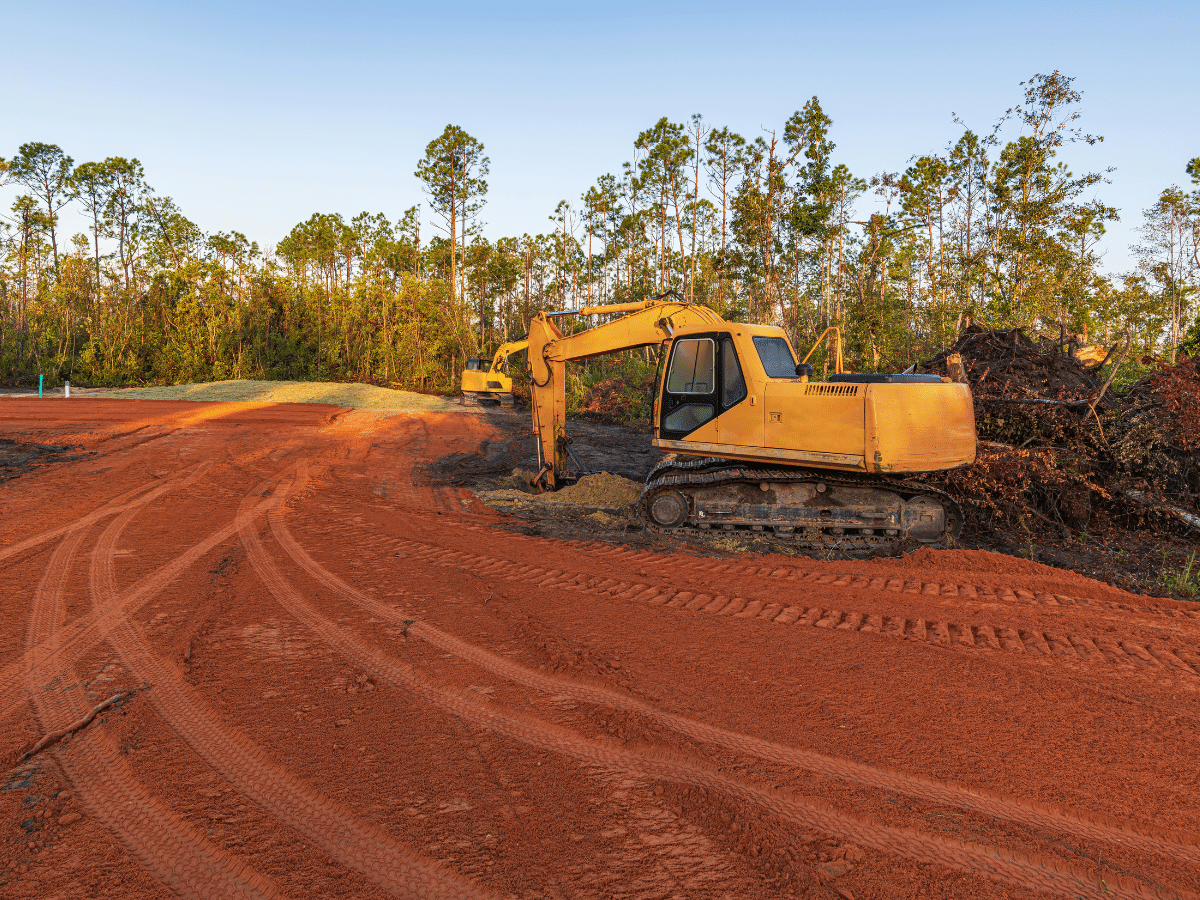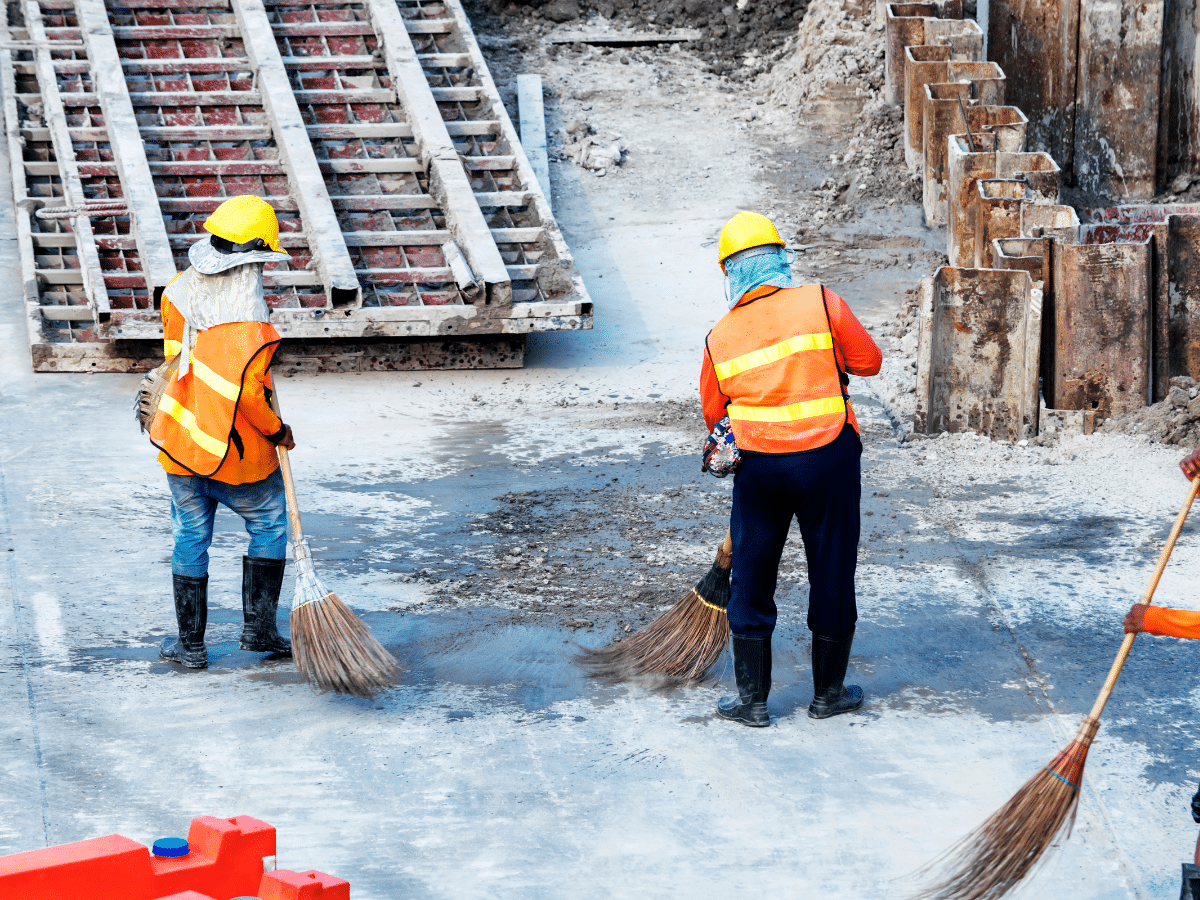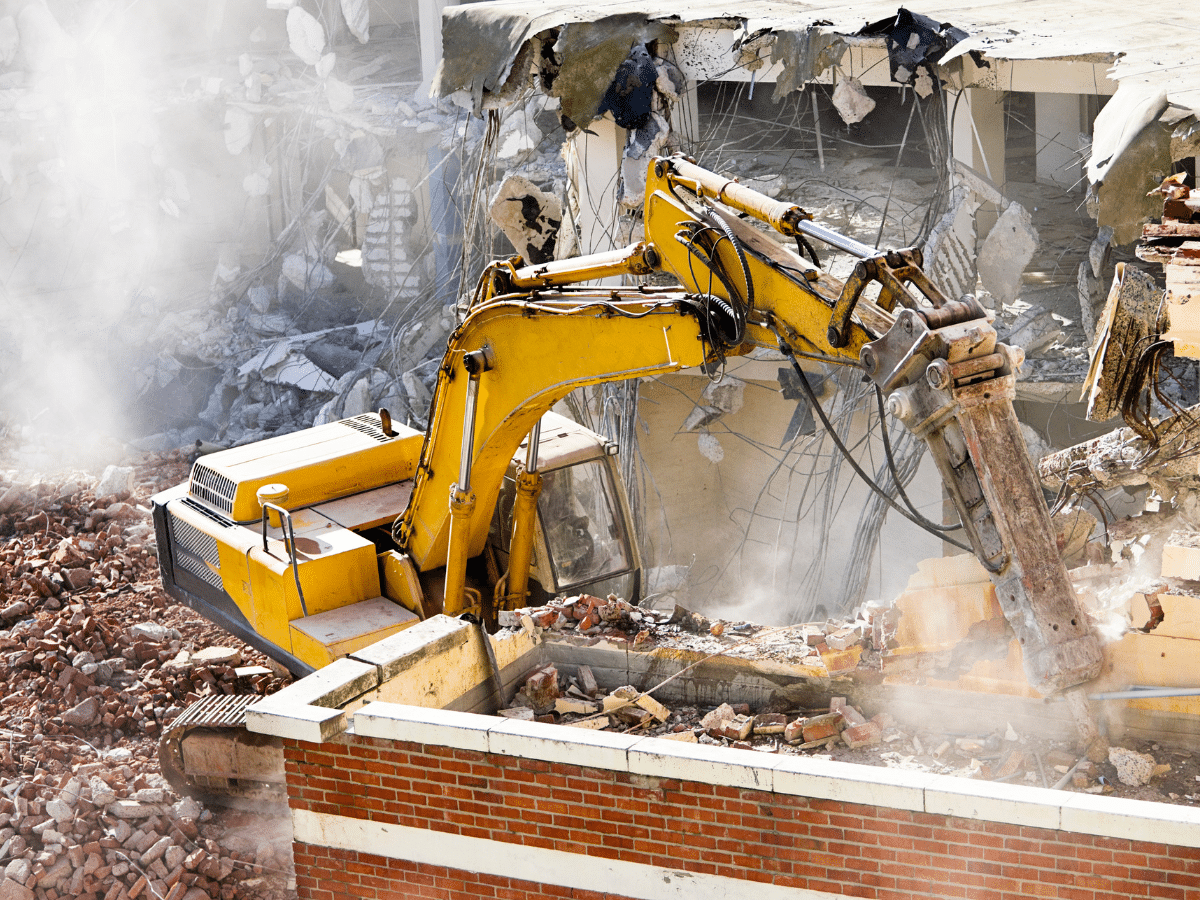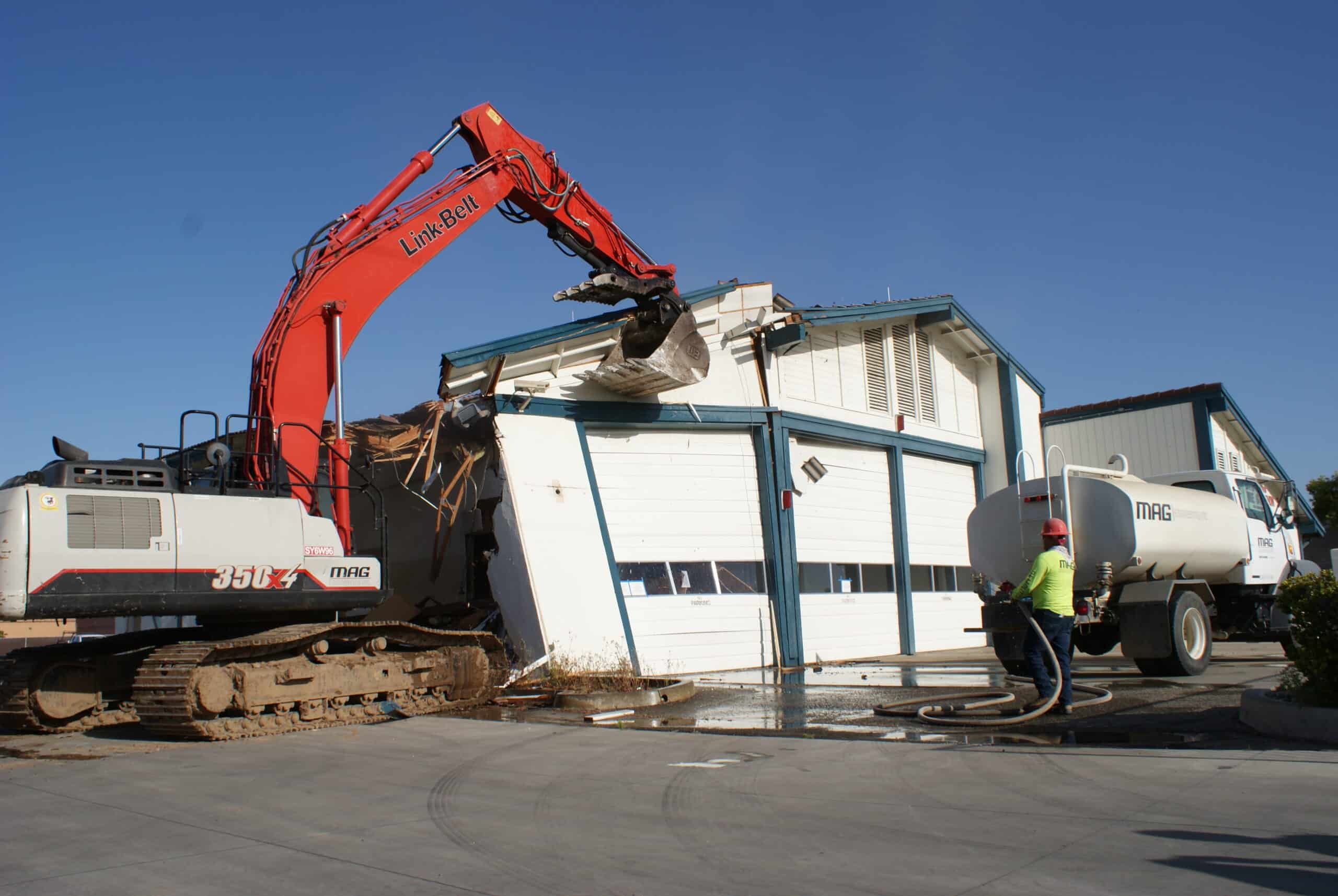Land clearing is integral to any construction project, whether for residential or commercial purposes. It involves the removal of trees and other vegetation from an area to prepare the land for development or agricultural use. While it may seem daunting, land clearing can be relatively easy when done correctly and with the right equipment and personnel. This guide will provide an overview of land clearing services, including the different types of land clearing, the equipment used, and how to choose a contractor.
Types of Land Clearing Services
Land clearing services come in various forms, each with unique benefits. Depending on the size and scope of your project, it’s essential to do research and decide which method suits your project. Here are some common types of land clearing services:
1. Selective Clearing – Selective clearing involves removing certain vegetation and trees while leaving others untouched. This method is often used when a specific part of the property needs to be cleared, or the landowner wants to retain some existing vegetation.
2. Total Clearing – Total clearing involves removing all vegetation and trees from an area to make way for a new development or agricultural use. This is typically done before construction to ensure a clean, level surface.
3. Brush Clearing – Brush clearing removes overgrown vegetation and tree limbs from an area. This method is often used for safety reasons, as it reduces the risk of fires, diseases, and pest infestations.
Land Clearing Equipment
– Bulldozers:
Heavy-duty bulldozers are often used for land clearing projects because they quickly push and move soil, trees, and other debris. They can also be used for grading the area in preparation for development.
– Excavators:
Excavators are commonly used to remove vegetation and large rocks from an area. These machines have several attachments that allow them to dig, grade, and move large amounts of material quickly and efficiently.
– Skid Steers:
Skid steers are versatile equipment that can be used for various land clearing tasks. These machines are often used to clear brush, remove small trees, dig trenches, and more.
– Chain saws:
Chainsaws are a popular tool used for land clearing and other forestry-related tasks. They can be powered by a gasoline or electric motor and come in many sizes and shapes. Chainsaws are versatile tools that can cut through trees, logs, brush, stumps, and more. They have adjustable cutting depths and speeds to make the job easier and faster.
– Bush hogs:
Bush hogs are large, industrial-grade mowers that are used for land clearing. They have heavy blades attached to the machine’s front and sides, which can quickly cut through thick vegetation and undergrowth. Bush hogs are often used in agricultural areas to clear fields, but they can also be used on large properties to clear away brush and scrub trees. When clearing land with a bush hog, it’s essential to wear safety gear and take caution.
– Chippers
Chippers are powerful tools that make land clearing easier and more efficient. They can quickly break down large pieces of wood and debris into smaller chunks, making it easy to move away or dispose of the material. Chippers come in various sizes and styles, from large commercial-grade machines to small, portable units designed for homeowners. Most chippers use a rotating blade driven by an electric or gasoline motor.
Choosing a Land Clearing Contractor
Regarding land clearing services, choosing a qualified and reputable contractor is important. It’s best to research and ask for references before committing to any company. Consider the following factors when making your decision:
1. Experience – If you are looking to hire a contractor for land clearing services, finding someone with the necessary experience is important. Land clearing can be a complex process and requires an experienced professional who knows how to work with the terrain and use the right equipment for the job.
When interviewing potential contractors, ask questions about their background and experience with land clearing. Find out what types of projects they have worked on in the past and if they have any certifications or qualifications.
2. Cost – Cost is also important when choosing a contractor for land clearing services. While getting the best value is essential, be wary of contractors who offer rock-bottom prices, as they may not be experienced or qualified to do the job correctly. Get quotes from several different companies before making a decision.
3. Reputation – Finally, hiring a contractor with a good reputation is important. Read online reviews and ask for references from previous clients to understand the contractor’s work quality, customer service, and overall professionalism.
Land clearing is an integral part of any construction project and can be complex. It’s essential to take the time to research and choose the right contractor to ensure that the job is done correctly. Considering these factors, you can decide which land clearing services are best for your project.
The Land Clearing Process
The land clearing process involves many steps, ranging from selecting the area to be cleared to disposing of debris and waste materials. The first step is to determine the location that needs to be cleared. This could be for a new building, a road construction project, or part of an agricultural operation. Once the site is selected, it’s important to consider local regulations and laws that must be followed.
Next, the vegetation and trees need to be removed. Depending on the project’s scope, this could involve selective or total clearing. This step often uses equipment such as bulldozers, excavators, and skid steers. After removing vegetation, debris and waste materials must be hauled away and disposed of following local regulations.
Once the land has been cleared, the next step is to prepare the site for development. This involves grading and leveling the area, removing stumps and large rocks, adding soil amendments, and irrigating the land if necessary. Other steps might also be required depending on the development project type. For example, a drainage system might need to be installed for a road or bridge construction project.
Land clearing is an important process that can significantly affect the success of a construction project. By working with experienced contractors who understand the complexities of land clearing, you can ensure that your project is completed promptly and efficiently.








